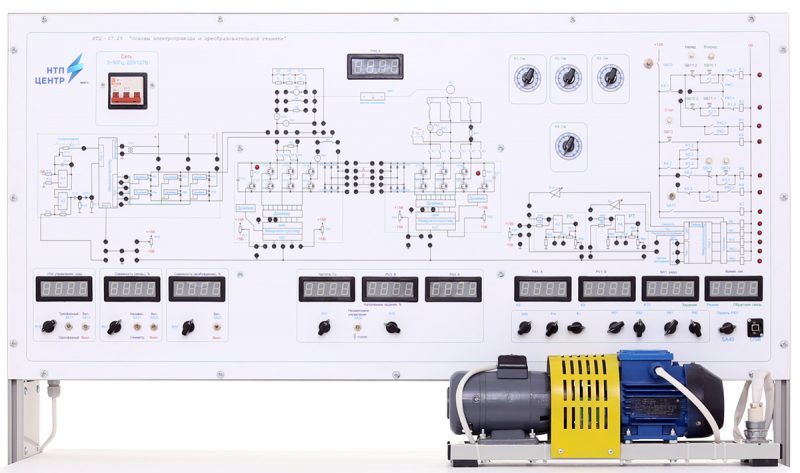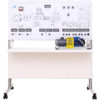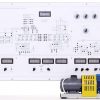NTC-07.25 “Basic electric drive and converting equipment with MPCS”
Br0.00
The educational laboratory stand is designed for studying automated electric drives, power conversion techniques, drive control systems, and automatic control systems. Laboratory work enables researchers to investigate and experimentally determine the characteristics of various electric motors (including direct current and asynchronous motors), as well as control systems and converters, such as pulse-width modulation schemes, rectifiers, inverters, and broad-bandwidth pulse converters based on IGBT transistors. The exercises cover methods for identifying dynamic and static machine parameters, startup, braking, speed and current regulation processes, and automatic and positional control systems utilizing various controllers and sensors. Special emphasis is placed on experimental testing of system characteristics under different operating modes, along with analyzing how control signals and system parameters influence overall behavior.
*For additional information, you can contact us via the phone numbers or email provided on the website.
 Русский
Русский



